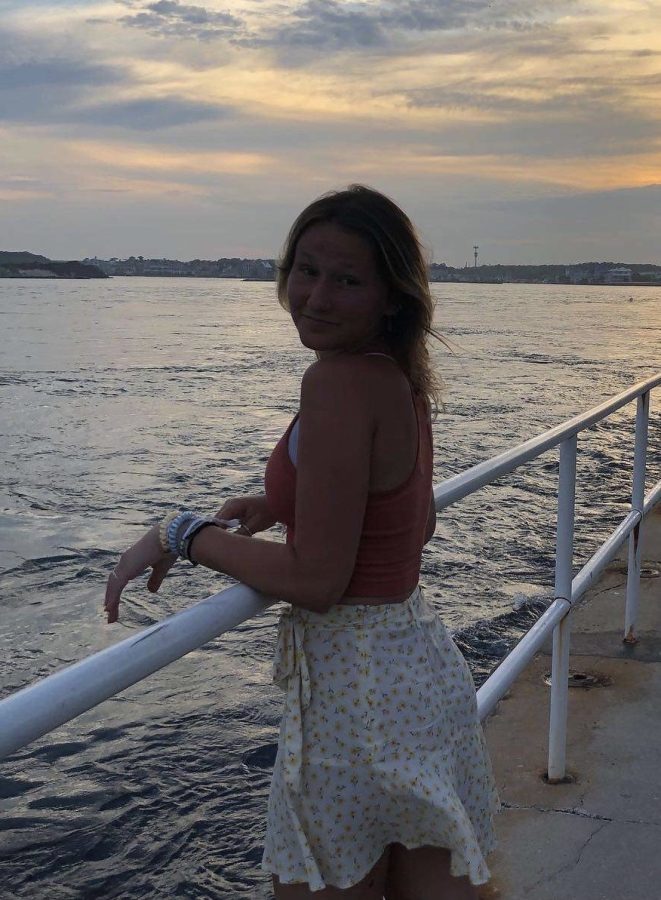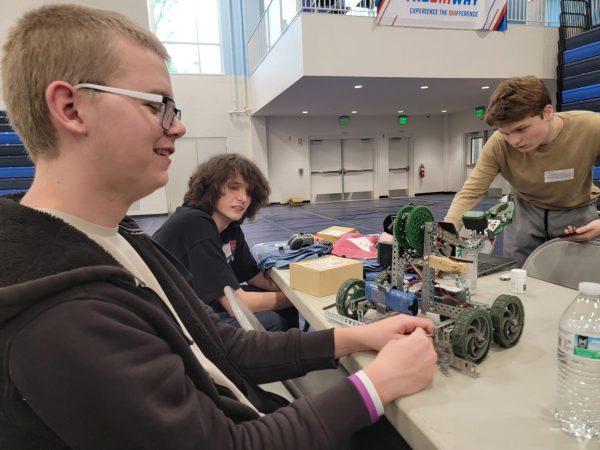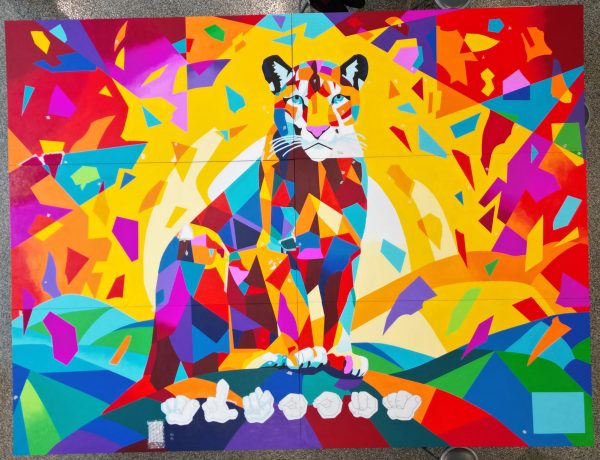Hearing impaired student shares her story
On a cruise. Dean and her family take a cruise to Cape May, New Jersey to look at the dolphins, jellyfish and more.
Amy Dean is a junior at Altoona. When Dean was just a few months old, she got sick, and she lost some of her hearing. Although Dean has trouble hearing, she does not need to have an interpreter to sign for her. One thing she has learned is to read lips really well. One day Dean would like to be an interpreter for the deaf.
“I want to become an interpreter because I already know sign language, and I am very fluent at it. I feel like I can give back to the deaf community by interpreting for them. I also enjoy talking in sign language, and also they make good money,” Dean said.
Dean hasn’t always gone to Altoona. From second to eighth grade she attended a school for the deaf. Although Dean is able to speak, she had to use American Sign Language (ASL) to communicate during her time there.
“I decided to transfer for AAHS my freshman year. I feel that there’s not really a difference in the two schools,” Dean stated.
One of the biggest challenges Dean faces is being in large crowds and trying to decipher all the different noises.
Although Dean is deaf, she is in academic and honors class.
“It’s great; Amy has no problem in a regular classroom. If she doesn’t understand or hear something, she always asks,” math teacher Emily Bender said.
Having deaf and hard of hearing students in classrooms with students who can hear is done by making adjustments that can help them out in class., so they can learn just like all the other students.
“Fortunately most of my classes are smaller, but you want to try and have the seats closer. You want to make sure when you’re talking to them that you’re looking at them in case they need to read your lips,” Bender said.
Anna Gutshall works directly with hearing impaired students who range from preschoolers to seniors. She helps students with direct therapy, maintains and troubleshoots all their technology and consults and trains teachers. Gustshall has worked with hearing impaired students for two years.
“I first worked in special education for 15 years. I chose hearing support because I felt that my main role as a special education teacher is to help advocate for any student, but the position was open and students who are deaf, even if they don’t get direct therapy, need help getting certain accommodations in the classroom. I really feel like somebody needs to be a voice for those students who need things and don’t know how to get them,” Gutshall said.
Some students in the school district are able to orally communicate, some with the help of hearing aids and cochlear implants. There are currently two students in the district who use ASL as their main language, and they have an interpreter who stays with them for the day.
“Students who use ASL as their first language usually attend school for the deaf or there is someone in their family or a close relative who is deaf and hard of hearing, therefore ASL is their primary language,” Gutshall said.
According to the National Deaf Center each individual hearing impaired person is unique and brings their own set of communication needs and preferences based on the setting and the purpose of the interaction
“It is sometimes a challenge when I service three and 4-year-olds then turn around and service 13 and 14-year-olds because what you do with three and 4-year-old is very different from what we do with 13 and 14-year-old students,” Gutshall said.

Hey! I am Madalyn Miller. This is my second year with publications. I love writing and photography. Other activities that I am involved in at school are ...








Tammy Dewald • Oct 19, 2022 at 11:57 am
what a great story Thank you for being such a inspiration to others & sharing your story
Well written by Madalyn Miller
Amy Dean • Oct 17, 2022 at 2:31 pm
This is a really great story! Thank you for making an awareness to the deaf community.